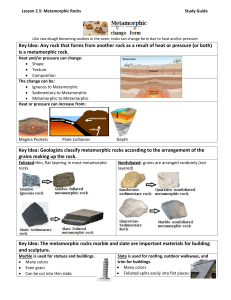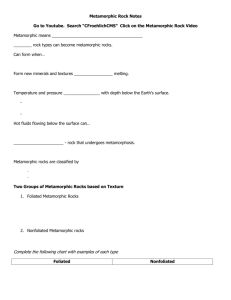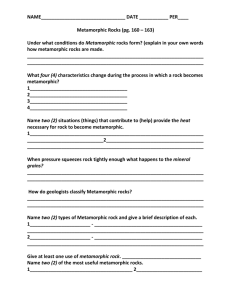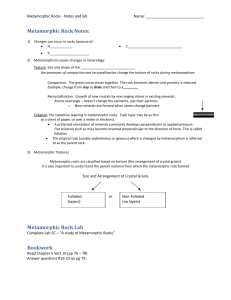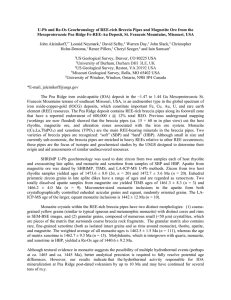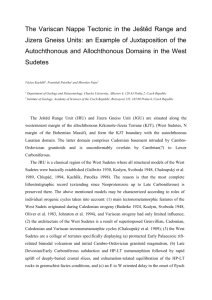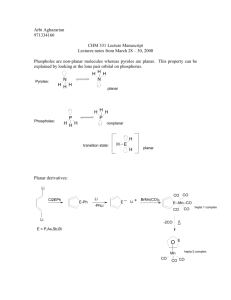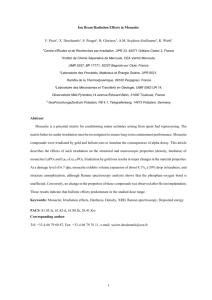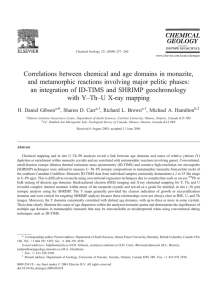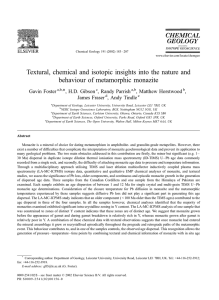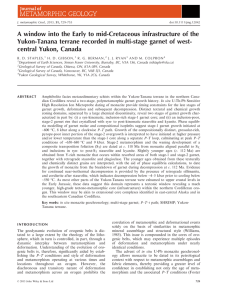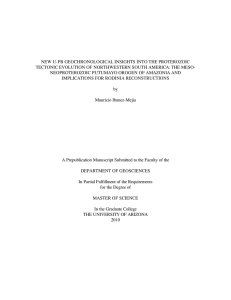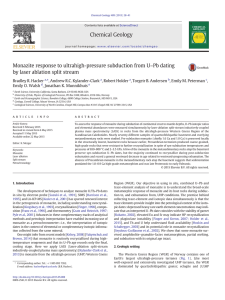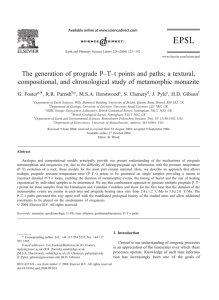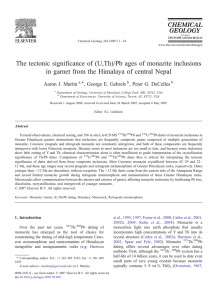Material properties and microstructure from
advertisement
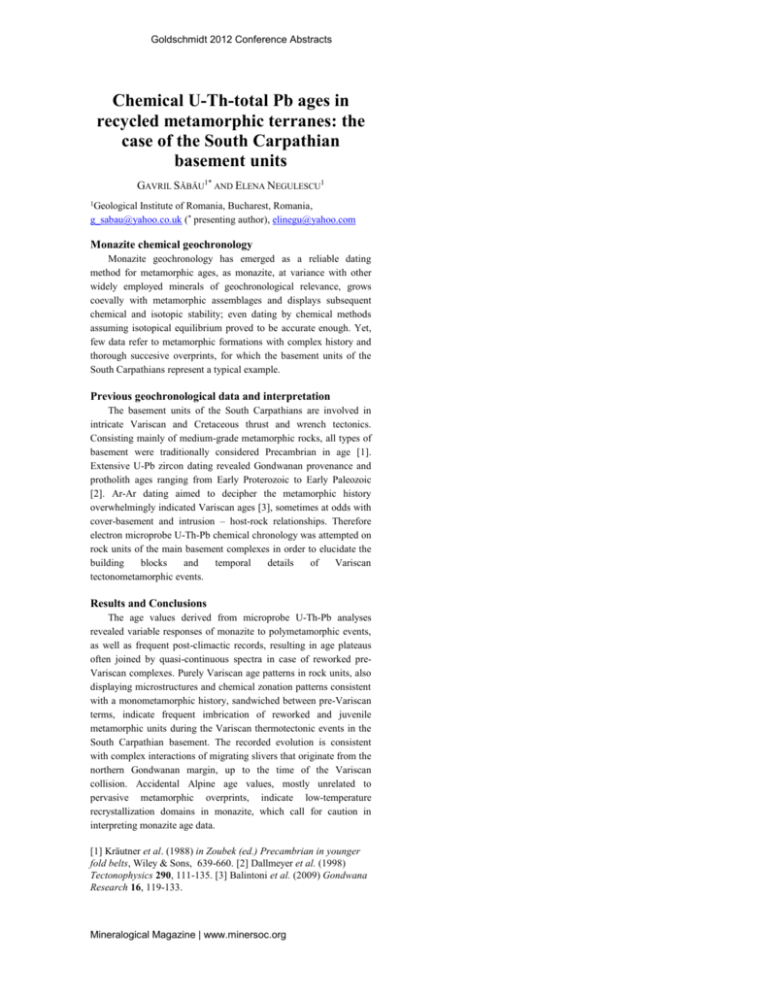
Goldschmidt 2012 Conference Abstracts Chemical U-Th-total Pb ages in recycled metamorphic terranes: the case of the South Carpathian basement units GAVRIL SĂBĂU1* AND ELENA NEGULESCU1 1Geological Institute of Romania, Bucharest, Romania, g_sabau@yahoo.co.uk (* presenting author), elinegu@yahoo.com Monazite chemical geochronology Monazite geochronology has emerged as a reliable dating method for metamorphic ages, as monazite, at variance with other widely employed minerals of geochronological relevance, grows coevally with metamorphic assemblages and displays subsequent chemical and isotopic stability; even dating by chemical methods assuming isotopical equilibrium proved to be accurate enough. Yet, few data refer to metamorphic formations with complex history and thorough succesive overprints, for which the basement units of the South Carpathians represent a typical example. Previous geochronological data and interpretation The basement units of the South Carpathians are involved in intricate Variscan and Cretaceous thrust and wrench tectonics. Consisting mainly of medium-grade metamorphic rocks, all types of basement were traditionally considered Precambrian in age [1]. Extensive U-Pb zircon dating revealed Gondwanan provenance and protholith ages ranging from Early Proterozoic to Early Paleozoic [2]. Ar-Ar dating aimed to decipher the metamorphic history overwhelmingly indicated Variscan ages [3], sometimes at odds with cover-basement and intrusion – host-rock relationships. Therefore electron microprobe U-Th-Pb chemical chronology was attempted on rock units of the main basement complexes in order to elucidate the building blocks and temporal details of Variscan tectonometamorphic events. Results and Conclusions The age values derived from microprobe U-Th-Pb analyses revealed variable responses of monazite to polymetamorphic events, as well as frequent post-climactic records, resulting in age plateaus often joined by quasi-continuous spectra in case of reworked preVariscan complexes. Purely Variscan age patterns in rock units, also displaying microstructures and chemical zonation patterns consistent with a monometamorphic history, sandwiched between pre-Variscan terms, indicate frequent imbrication of reworked and juvenile metamorphic units during the Variscan thermotectonic events in the South Carpathian basement. The recorded evolution is consistent with complex interactions of migrating slivers that originate from the northern Gondwanan margin, up to the time of the Variscan collision. Accidental Alpine age values, mostly unrelated to pervasive metamorphic overprints, indicate low-temperature recrystallization domains in monazite, which call for caution in interpreting monazite age data. [1] Kräutner et al. (1988) in Zoubek (ed.) Precambrian in younger fold belts, Wiley & Sons, 639-660. [2] Dallmeyer et al. (1998) Tectonophysics 290, 111-135. [3] Balintoni et al. (2009) Gondwana Research 16, 119-133. Mineralogical Magazine | www.minersoc.org




